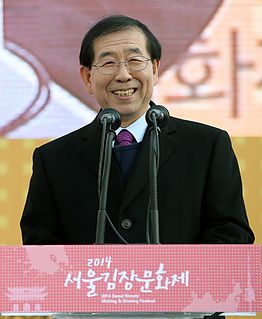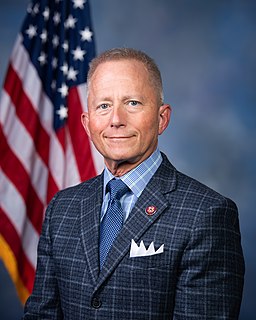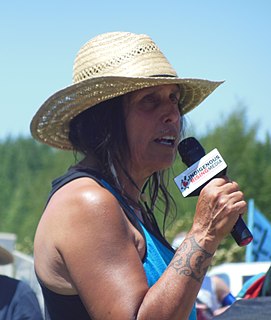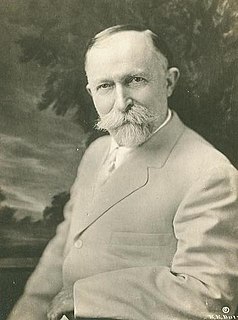A Quote by Michael Shellenberger
Solar makes electricity expensive for two inherently physical reasons. Sunlight is dilute, requiring 10 to 15 times as much materials and mining, and up to 5,000 times more land, than non-renewables. And sunlight is unreliable, which reduces the value of solar as it becomes a larger part of energy supplies.
Related Quotes
The sunlight ... that strikes Earth’s land surface in two hours is equivalent to total human energy use in a year. While much of that sunlight becomes heat, solar energy is also responsible for the energy embodied in wind, hydro, wave, and biomass, each with the potential to be harnessed for human use. Only a small portion of that enormous daily, renewable flux of energy will ever be needed by humanity.
It is sunlight in modified form which turns all the windmills and water wheels and the machinery which they drive. It is the energy derived from coal and petroleum (fossil sunlight) which propels our steam and gas engines, our locomotives and automobiles. ... Food is simply sunlight in cold storage.




























